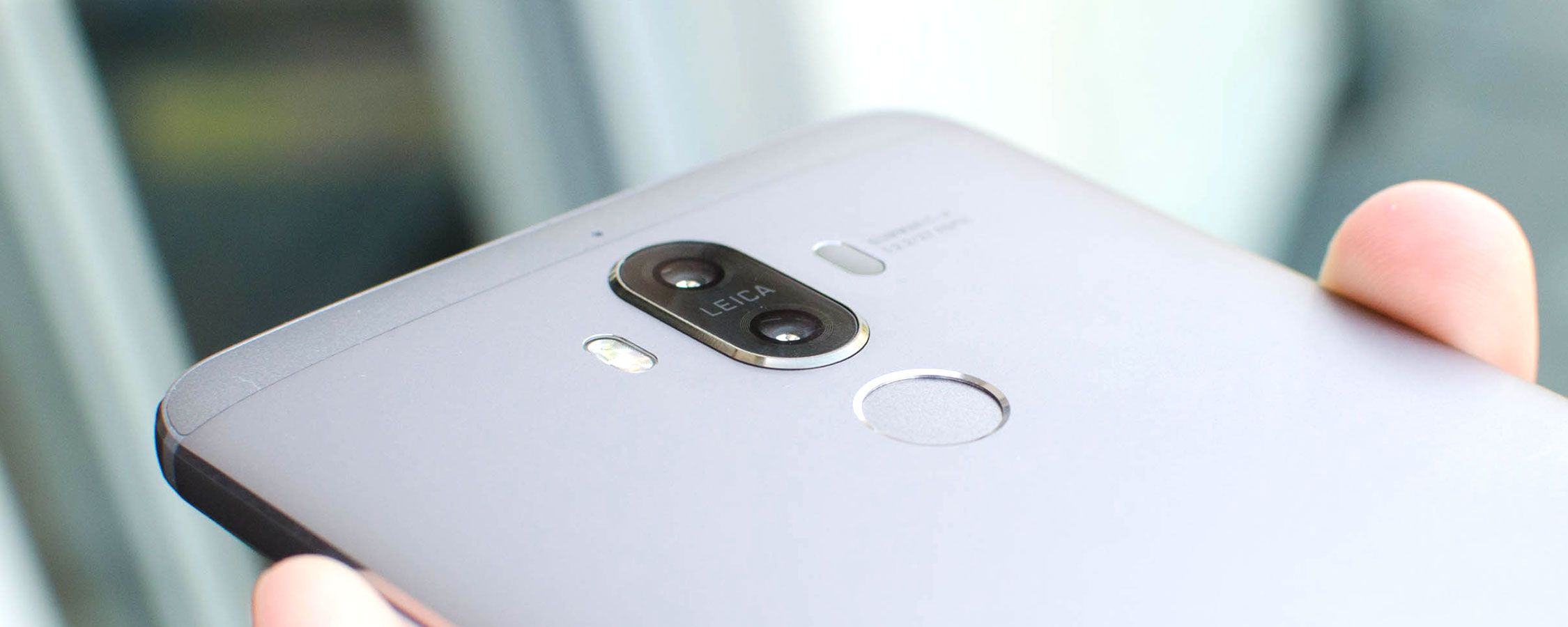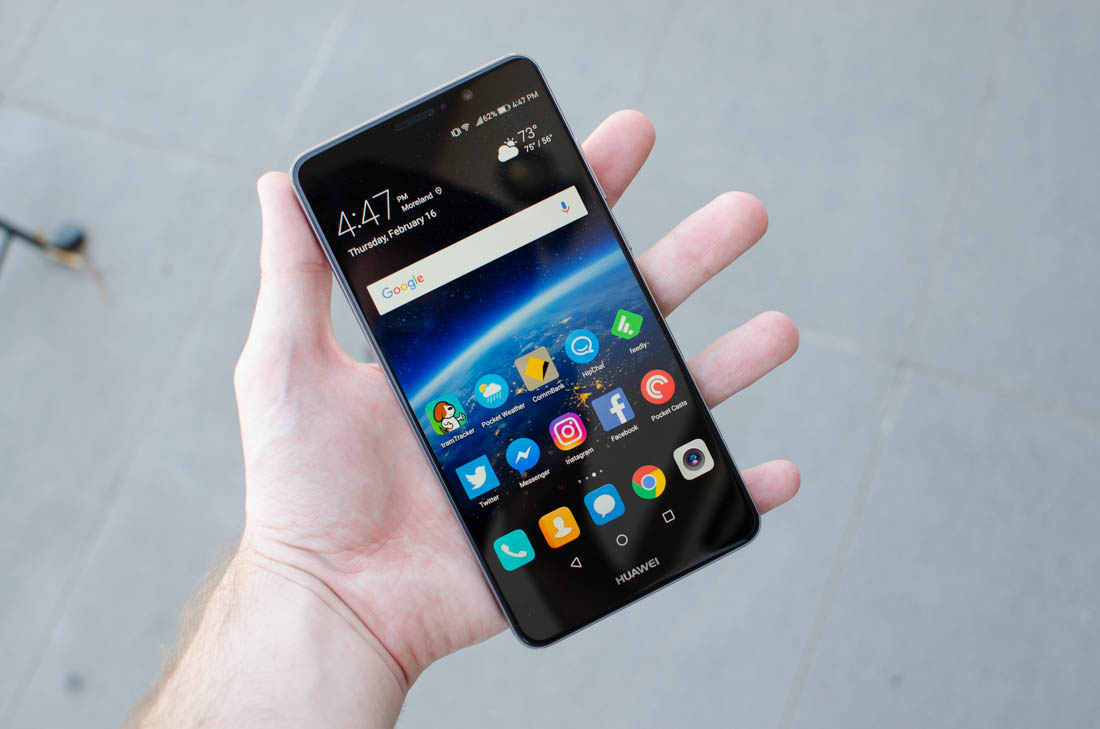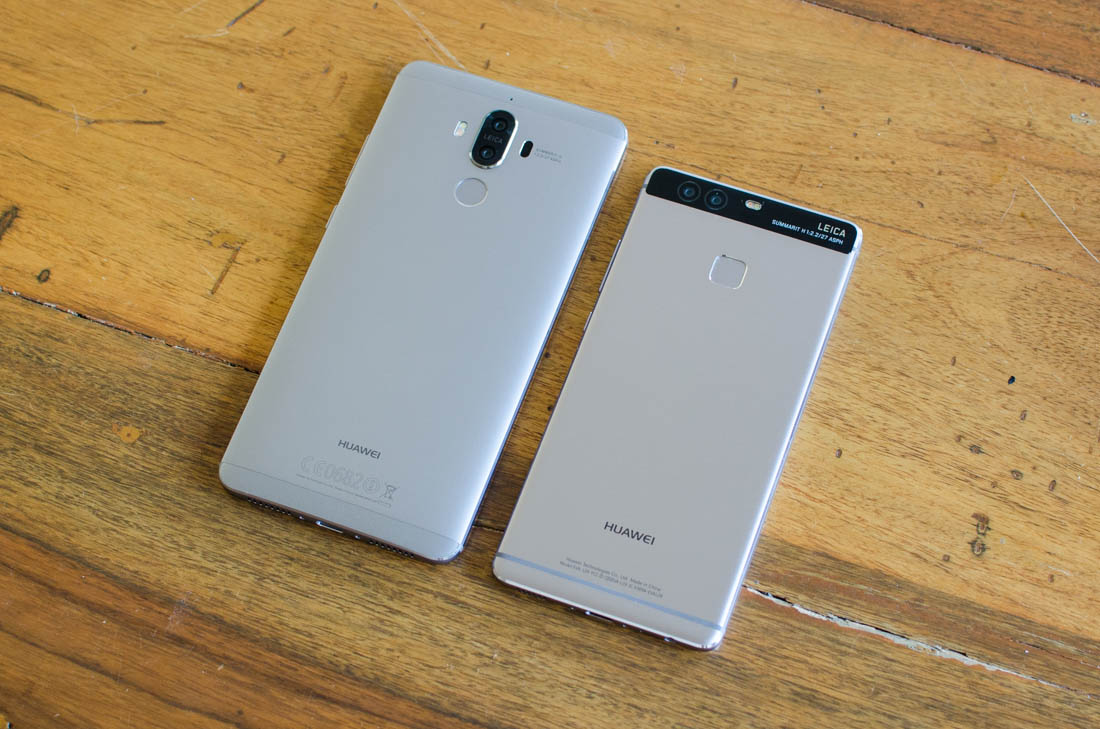A Great Big Phone
With the Samsung Galaxy Note 7 failing spectacularly, there's a big gap in the market for other large-screened Android handsets to shine. The Huawei Mate 9 is a great alternative for those who want high-end hardware and an excellent media consumption experience, especially when you consider its affordable $599 price tag.
The most impressive aspect to the Mate 9 is its performance. The Kirin 960 is faster in CPU workloads and competitive in GPU workloads compared to the Qualcomm Snapdragon 821, providing a significant improvement over the Kirin 955. CPU performance in particular is very impressive, and there's enough headroom over current-gen designs to keep it competitive when the Snapdragon 835 arrives.
Aside from SoC performance, the Mate 9 packs 64GB of very fast NAND plus a microSD card slot. Category 12 LTE support greatly improves the wireless capabilities of Huawei's large-screened handset, and I'm glad Huawei has enabled 4K video recording, which wasn't possible in the P9.
Battery life from the 4,000 mAh battery is fantastic, beating most high-end handsets on the market, including the Google Pixel XL and Samsung Galaxy S7 Edge. It's not removable, which is a feature of the LG V20, but who cares when the battery easily lasts an entire day of normal usage.
The Huawei Mate 9 (left) next to the Huawei P9
Huawei has some of the best-designed handsets on the market. The aluminum unibody chassis used here is solid and beautiful, while the glass front panel includes slim bezels to provide maximum space for the display. A clicky power button, a responsive fingerprint sensor, a notification LED, and stereo (but not front-facing) speakers round out a respectable collection of design features.
The Mate 9's display is large at 5.9-inches, but its 1080p resolution falls behind many competing large-screened smartphones that opt for 1440p instead. Brightness is excellent, however color performance is mediocre and there is no way to correct it using Huawei's built-in color temperature tool. We're also not seeing Daydream support on this handset.
With a new 20-megapixel monochrome sensor, the camera in the Mate 9 has improved compared to the first-generation dual camera system in the P9. Image detail is superior, as is the simulated aperture mode that can, at times, produce excellent background blur. Image colors are generally accurate and the Mate 9 meters well, however I was a bit disappointed with performance in low light, which is prone to undersaturation, poor dynamic range, and washed out colors. The Pixel XL and Galaxy S7 are better cameras in general, though the Mate 9 is still a good choice for those who like strong accuracy.
Huawei still needs to work on their software offering. EMUI 5.0 atop Android 7.0 does address some issues I had with previous iterations - the updated notification pane is much better than before - but the Mate 9's software still suffers from bloatware applications and less-than-ideal design choices. With that said, there are loads of customization options available and settings to tinker with.
As for updates, if you really want to get security patches and new versions of Android in a timely fashion, Huawei's poor track record suggests the Mate 9 is not for you.
Shopping shortcuts:
The Mate 9 is currently retailing for $599 through Amazon, which is an attractive price for a large-screened smartphone, as they usually come at a price premium. It's much cheaper than the Google Pixel XL or the iPhone 7 Plus, while the LG V20 comes in at a similar price point. Considering the solid range of hardware Huawei has included in the Mate 9, it's a great choice for those after a large handset.
score
Pros: Excellent SoC and storage performance. Beautiful aluminum unibody design with slim bezels. Fantastic battery life. Improved dual camera system can take good photos.
Cons: Display is below par. EMUI (software) is improving, but still needs work. Camera underperforms in weak lighting.




